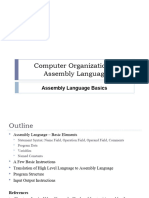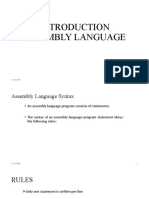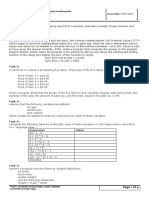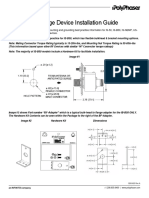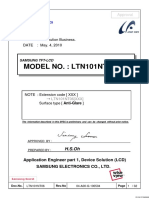0% found this document useful (0 votes)
36 views24 pagesLecture 4 (Introduction To Assembly)
The document provides an overview of assembly language programming for the 8086 CPU, detailing the differences between machine language, assembly language, and high-level languages. It covers syntax, including the structure of statements, operation fields, operand fields, and comment fields, as well as the definition of data types and variables. Additionally, it explains various instructions and assembler directives used in assembly programming, emphasizing the machine-specific nature of assembly language and the role of the assembler in translating code into machine language.
Uploaded by
manzoormurshedctgCopyright
© © All Rights Reserved
We take content rights seriously. If you suspect this is your content, claim it here.
Available Formats
Download as PDF, TXT or read online on Scribd
0% found this document useful (0 votes)
36 views24 pagesLecture 4 (Introduction To Assembly)
The document provides an overview of assembly language programming for the 8086 CPU, detailing the differences between machine language, assembly language, and high-level languages. It covers syntax, including the structure of statements, operation fields, operand fields, and comment fields, as well as the definition of data types and variables. Additionally, it explains various instructions and assembler directives used in assembly programming, emphasizing the machine-specific nature of assembly language and the role of the assembler in translating code into machine language.
Uploaded by
manzoormurshedctgCopyright
© © All Rights Reserved
We take content rights seriously. If you suspect this is your content, claim it here.
Available Formats
Download as PDF, TXT or read online on Scribd
/ 24





